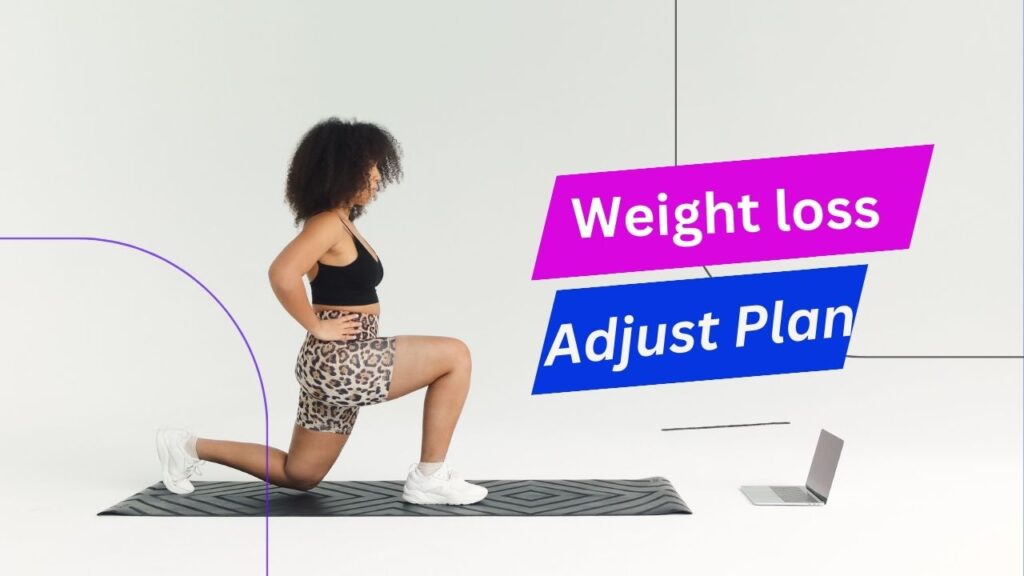Introduction
Creating a sustainable meal plan for weight loss is a powerful approach to achieving long-term health goals without the pitfalls of restrictive diets. Unlike fad diets that often promise quick results but fail to deliver lasting change, a sustainable meal plan is about building habits that can be maintained over time. It focuses on balance, nutrition, and enjoyment, ensuring that the changes you make to your diet are ones you can stick with for the long haul.
Table of Contents
Understanding the Basics of a Sustainable Meal Plan
The foundation of any sustainable meal plan is balance. A balanced diet includes a variety of foods that provide all the essential nutrients your body needs to function optimally. This means including a mix of carbohydrates, proteins, fats, vitamins, and minerals in your diet. The key is to consume these nutrients in the right proportions and to avoid the extremes of over- or under-eating any particular food group.
When creating a meal plan, it’s important to focus on whole, unprocessed foods. These foods are naturally rich in nutrients and tend to be lower in calories compared to processed foods. Whole grains, lean proteins, fruits, vegetables, and healthy fats should make up the bulk of your diet. Not only do these foods provide the necessary nutrients, but they also help keep you feeling full and satisfied, reducing the temptation to overeat.
Setting Realistic Goals
Before diving into the specifics of your meal plan, it’s essential to set realistic goals. Focus on losing weight in 2 to 3 pounds a week. This rate of weight loss is generally considered safe and sustainable, allowing your body to adjust without the risk of muscle loss or nutritional deficiencies.
Your goals should also take into account your lifestyle and preferences. If you’re someone who enjoys cooking, you might aim to prepare most of your meals at home using fresh ingredients. On the other hand, if you have a busy schedule, your meal plan might include simple, quick-to-prepare meals or healthy options that you can grab on the go.

Planning Balanced Meals
A sustainable meal plan is built around balanced meals. Each meal should include a source of protein, healthy fats, and complex carbohydrates, along with plenty of vegetables. This combination helps stabilize blood sugar levels, keeps you full, and provides steady energy throughout the day.
Breakfast: Start your day with a balanced breakfast that includes a good source of protein, such as eggs, Greek yogurt, or a protein smoothie. Pair this with whole grains like oats or whole wheat toast, and add a serving of fruit for fiber and vitamins.
Lunch: For lunch, aim for a combination of lean protein, such as chicken, turkey, or tofu, with a variety of vegetables and a whole grain like brown rice or quinoa. A salad with grilled chicken, mixed greens, avocado, and a quinoa base is a great option. Dress your salad with a healthy fat like olive oil or avocado to enhance the absorption of fat-soluble vitamins.
Dinner: Dinner should be similar to lunch in terms of balance. Include a lean protein source, plenty of vegetables, and a small portion of whole grains or starchy vegetables like sweet potatoes. For instance, you could enjoy a grilled salmon fillet with roasted Brussels sprouts and a side of quinoa.
Snacks: Incorporate healthy snacks into your meal plan to keep your metabolism steady and prevent overeating at mealtimes. Good options include a handful of nuts, a piece of fruit with a small piece of cheese, or carrot sticks with hummus.
Portion Control
Portion control helps to lose weight. To help manage portions, try using smaller plates, measuring out servings, and avoiding eating directly from packages. Paying attention to hunger and fullness cues is also important—eat when you’re hungry, and stop when you’re satisfied, not stuffed.
Mindful Eating
Mindful eating is another powerful tool for sustainable weight loss. This practice involves eating slowly. By focusing on your food and the experience of eating, you’re more likely to notice when you’re full and less likely to overeat. Mindful eating also helps you enjoy your food more, which can reduce cravings and the urge to snack on unhealthy options.
Flexibility and Variety
One of the reasons many diets fail is that they’re too restrictive. A sustainable meal plan, on the other hand, should be flexible. This means allowing yourself to enjoy a variety of foods, including occasional treats. Deprivation can lead to feelings of frustration and may cause you to abandon your plan altogether.
To keep your meal plan interesting, experiment with different foods, flavors, and recipes. This not only prevents boredom but also ensures you’re getting a wide range of nutrients. For example, if you usually eat chicken for protein, try swapping it out for fish, beans, or tofu. Similarly, rotate your vegetables and grains to keep things fresh.
Planning for Special Occasions
Life is full of special occasions that often involve food, such as holidays, parties, and dining out. Instead of avoiding these situations, plan for them. If you know you’ll be attending a party, consider eating a light, balanced meal beforehand to avoid arriving hungry. At the event, focus on enjoying small portions of your favorite foods and savoring the experience without overindulging.
Staying Hydrated
Staying hydrated is an often-overlooked aspect of a sustainable meal plan. Drink plenty of water at least 8 to 9 glasses per day. And eat healthy Vegetables and food.
Monitoring Progress and Adjusting Your Plan
As you follow your meal plan, it’s important to monitor your progress and make adjustments as needed. Keep track of how your body feels, your energy levels, and any changes in your weight. If you’re not seeing the results you want, consider tweaking portion sizes, adjusting your macronutrient ratios, or incorporating more physical activity into your routine.
Remember, sustainable weight loss is a gradual process, and it’s normal to have setbacks. The key is to stay consistent, be patient with yourself, and make adjustments that align with your long-term goals.

Conclusion
Creating a sustainable meal plan for weight loss is about finding a balance that works for you. It involves setting realistic goals, planning balanced meals, practicing portion control, and allowing for flexibility and variety. By focusing on whole, nutrient-dense foods and mindful eating, you can achieve lasting weight loss while still enjoying your meals. With patience and persistence, you’ll build healthy habits that support your well-being for years to come.






